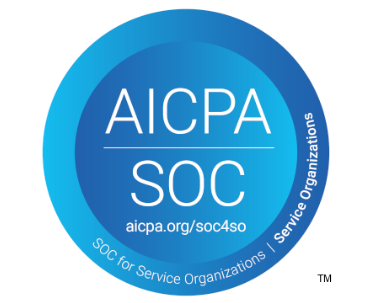Home / News & Insights / November 20, 2025 / ...
Debt Collection FAQs: How to Avoid Payment Plan Pitfalls

Setting up a payment plan should never be your starting point for negotiations during debt collection. As a creditor, you are under no obligation to accept payment installments unless specified in the original credit agreement. But that doesn’t mean you should refuse to consider a plan – particularly if the alternatives are beginning to look bleak.
Why Creditors Might Offer a Payment Plan
In many cases, a payment plan can be a mutually beneficial compromise. When the debtor really cannot pay the full amount, you’ll have a better chance of settling the debt by accepting smaller, regular payments.
Certainly, reviewing an offer of a payment plan is preferable to pursuing expensive and uncertain court proceedings. In today’s fraught financial environment, however, this more compassionate approach can also go a long way towards fostering trust and preserving goodwill with customers.
Inevitably, as cash-flow pressures mount due to higher inflation, higher interest rates, and supply-chain disruption, payment plans are becoming increasingly popular – with many creditors now accepting a payment plan before sending the claim to an outside agency to collect.
The Benefits of Agreeing a Repayment Plan with Debtors
When the alternative is a lengthy legal battle, accepting a repayment schedule can be beneficial. Rather than demanding payment in full, negotiating with your customers offer of a payment plan can reduce a complete loss of recovery.
This, combined with digital payment options such as online payment portals and mobile-friendly payment solutions, often results in swift resolution and a higher probability of payment. What’s more, today’s digital self-service payment portals can also free up staff time by allowing customers to organize their own payments. As a result, your Accounts Receivables team spend less time making calls to collect.
How to Structure a Payment Schedule for Optimum Results
When setting up a payment schedule, rather than offering a one-size-fits-all plan, it’s a good idea to refine the terms to match your customer – adjusting the number of installments, first payment size, and payment frequency to match their risk level.
- First, use data analytics to segment your debtor portfolio by behavioral risk, looking at their historical pay behavior, size of debt, industry, and cash-flow pressure.
- For each segment, define a plan from which to start your negotiations. Predictive modeling can help you determine how to structure the plan, with a riskier client requiring a tighter plan. This will involve a higher upfront payment and a shorter overall time-frame.
- Finally, monitor your strategy and success rate to establish which plan templates lead to full recovery versus those that result in drop-off.
Best Practice for Collecting Payment Installments
Despite being less closely regulated than the consumer debt industry, commercial collections demand transparency.
This means accurate documentation is essential, especially for customized payment structures. You’ll want to specify the terms, installment amounts, due dates, and the consequences of default, using digital systems to time-stamp plan set-up, along with any changes and payment history.
How to Avoid Payment Plan Pitfalls
Probably the biggest perennial issue with payment plans, and the most notable reason for failure is a drop-off in payments – oftentimes simply due to a lack of communication. Using omni-channel outreach, including email, SMS, and portal payments, can help you avoid this blackspot and keep debtors engaged through the life of the plan.
At the outset, this means establishing an automated schedule of reminders using the customer’s preferred channel, to be sent before each payment, on the due-date, and if payments are missed.
Finally, take a proactive approach to customer difficulties. For example, if the client mentions a cash‐flow hit, let them know you can revisit the plan and provide information up-front on what to do about missed payments as this can help build trust and prevent dropout.
Be Realistic on Payment Plan Possibilities
Finally, with the latest S&P Global figures indicating a steep rise in US corporate bankruptcies, and the growing number of companies quietly folding and closing their doors with no assets to collect from, it’s clear that companies of all sizes are now operating under tighter cash-flow. That means you need to be realistic – any debtor payment plan needs to sync with what they really can pay.
Build in risk management by questioning the nature of your customer’s business, cash-inflow and payables as this can reveal whether the debtor has genuine cash-flow issues, or is merely trying to evade payment. With a clear picture of the debtor’s financial situation, you can negotiate terms that are ultimately more enforceable.
For more advice on training your team how to negotiate a plan, when to escalate, and what to do if the debtor misses a payment, download the Brennan & Clark Collections Training Blueprint or contact our team today for a chat.






